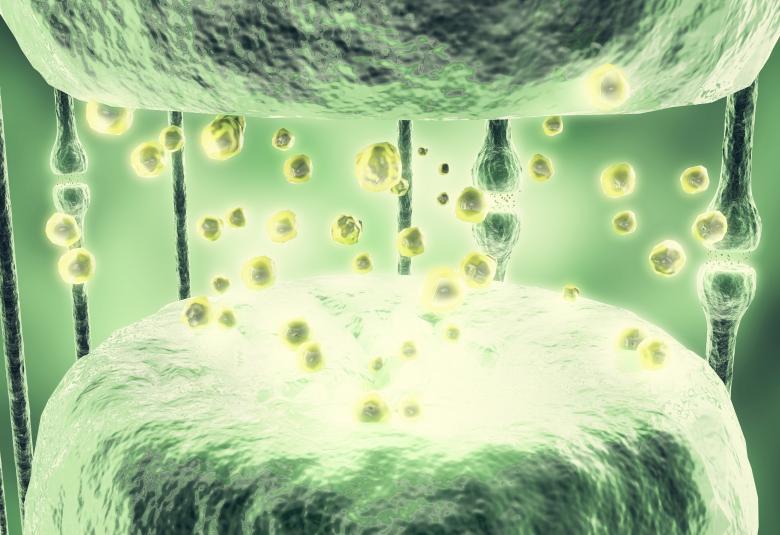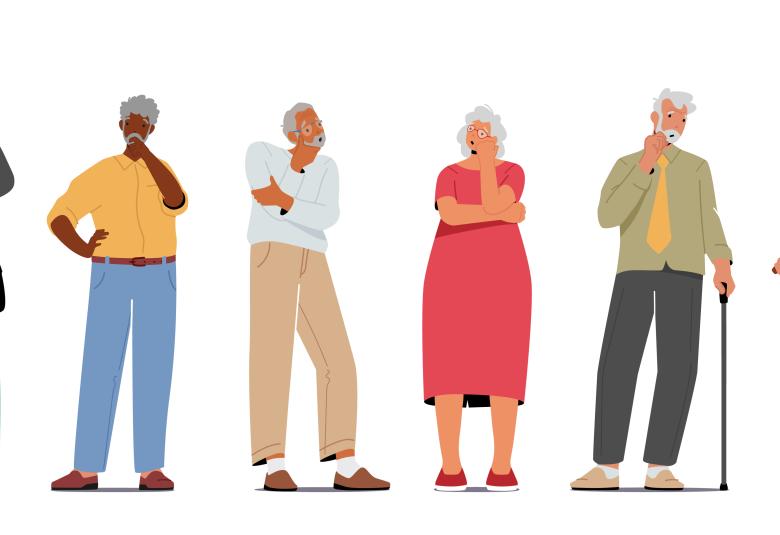The results of an online survey completed by 204 US psychiatrists on the clinical impact of Treatment-Resistant Schizophrenia (TRS) and the therapeutic strategies they use to manage it was presented at APAAM2018. They show that compared with non-TRS, TRS is associated with significant social, physical and psychiatric burdens – and significantly more severe, more frequent positive, negative and cognitive symptoms, which adversely affect social and normal daily activities. The psychiatrists highlighted the need for new therapies to convert TRS to non-TRS.
Two hundred and four experienced US psychiatrists who had been in practice for a mean of 16.3 years and were actively treating ≥50 patients with schizophrenia per month, including at least five with TRS, completed a 45‑minute online survey. They were asked about the clinical impact of TRS and the therapeutic strategies they use to manage TRS patients.
Among the patients identified by the psychiatrists as having TRS, the diagnosis was based on:
- the psychiatrist’s spontaneous definition (50% of cases)
- lack of satisfactory improvement in symptoms and/or function, despite sufficient duration of and adherence to therapeutic doses of at least two antipsychotic medication (AP)s, including one atypical AP (50% of cases)
Treatment-resistant schizophrenia is associated with significant social, physical and psychiatric burdens
Patients with treatment-resistant schizophrenia are significantly more likely to be unemployed than those with non-treatment-resistant schizophrenia
Compared with the 204 non-TRS patients, the 408 TRS patients were significantly more likely to be unemployed, live in a sheltered home, to have been hospitalized at least twice in the past, to be obese, to be depressed and to experience poor impulse control (all (p≤0.001). They were also significantly less likely to have no accompanying physical or psychiatric comorbidity (both p≤0.001).
Patients with treatment-resistant schizophrenia have more severe, more frequent symptoms than those with non-treatment-resistant schizophrenia
Positive, negative and cognitive symptoms are significantly more severe in treatment-resistant schizophrenia
Compared with the 204 non-TRS patients, TRS patients were significantly:
- more likely to experience positive symptoms (84.6% vs 64.3%, p<0.001), particularly delusions and hallucinations (both p<0.001), and these were more severe (p<0.001) and more likely to be experienced on a daily basis (p<0.001)
- more likely to experience negative symptoms (73.3% vs 61.8%, p<0.004), and these were more severe (p<0.001) and more likely to be experienced on a daily basis (p<0.001)
- more likely to experience cognitive dysfunction (37.3% vs 24.0%, p=0.001), particularly delusions and hallucinations (both p<0.001), and these were more severe (p=0.002) and more likely to be experienced on a daily basis (p<0.003)
Persistent symptoms adversely affect social and normal daily activities
Among patients with TRS (n=383) compared with those with non-TRS (n=170), persistent symptoms were significantly more likely to have a marked–very severe impact on socially useful activities including work and study, personal and social relationships, and disturbing/aggressive behavior (all p<0.001); and on self-care (p=0.008).
The psychiatrists who participated in this survey considered delusions and hallucinations as the most important positive symptoms to eliminate to improve a patient’s long-term prognosis; and the most frequent markers of satisfactory improvement are reduced symptomatology, self-care, and improved social activities.
Only 15.9% of patients with TRS were prescribed the only approved antipsychotic treatment for TRS
At least eleven different treatment regimens were being prescribed to the patients with TRS, and the most common – prescribed to 15.9% of patients – was the only approved treatment as monotherapy for TRS.
Patients with TRS were significantly more likely to be prescribed adjunctive mood stabilizers, antidepressants and anxiolytics than patients with non-TRS.
Compared with non-TRS patients, switches from one AP treatment to another for TRS patients were most commonly due to a lack of efficacy (p<0.001) and poor tolerability (p=0.22). Persistent hallucinatory behavior was a key driver (p<0.001).
After a patient fails to improve on two previous APs, the order of the therapeutic strategy used by the psychiatrists is as follows:
- increase the dose of the current antipsychotic medication (if tolerated)
- add a second antipsychotic medication
- switch to a long-acting injectable formulation of an antipsychotic medication
- add a mood stabilizer to the current treatment regimen
- suggest the only approved antipsychotic medication for TRS
The diversity of therapeutic strategies deployed for the management of TRS highlights the need to better understand TRS and align on best practices to enable the best outcomes for patients with TRS.




